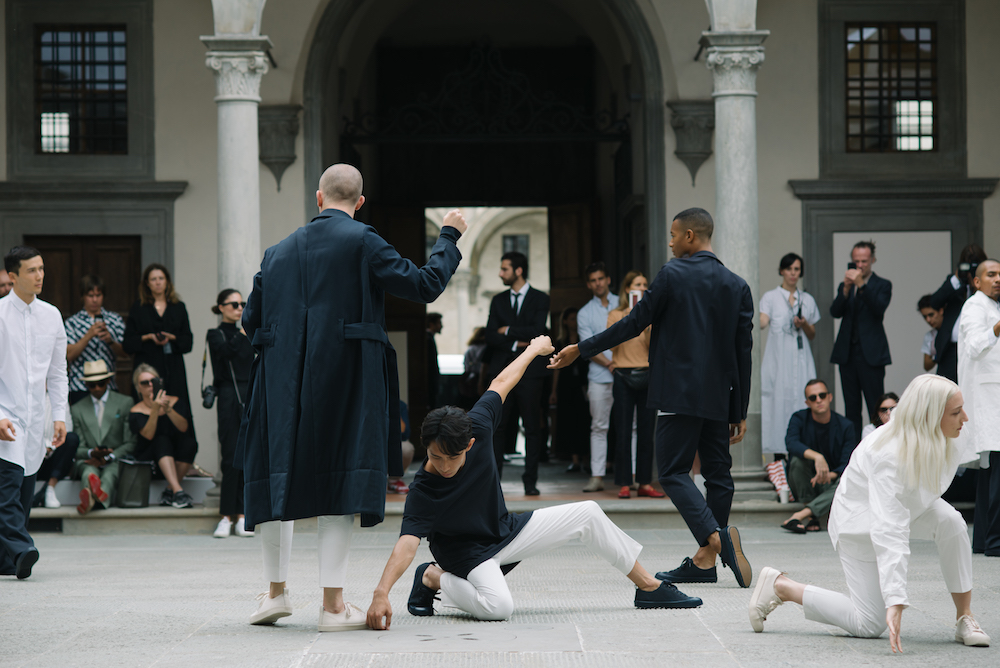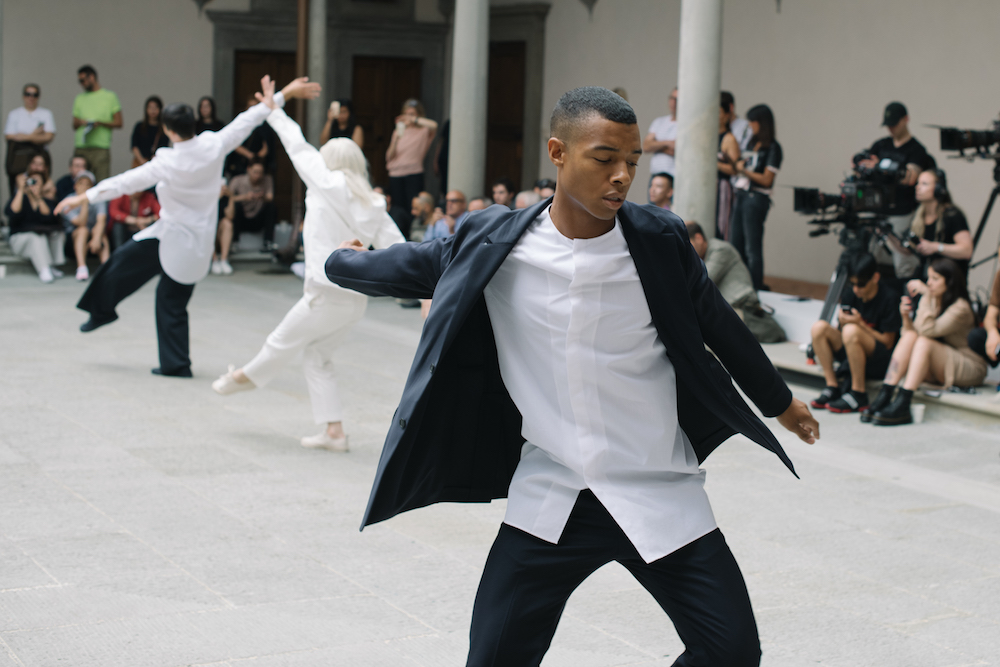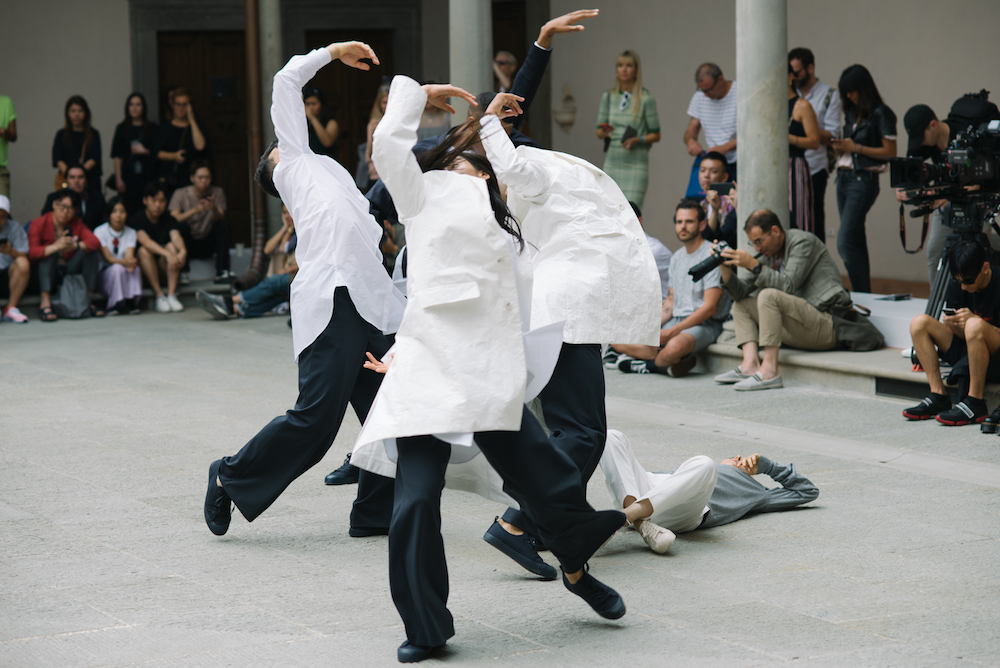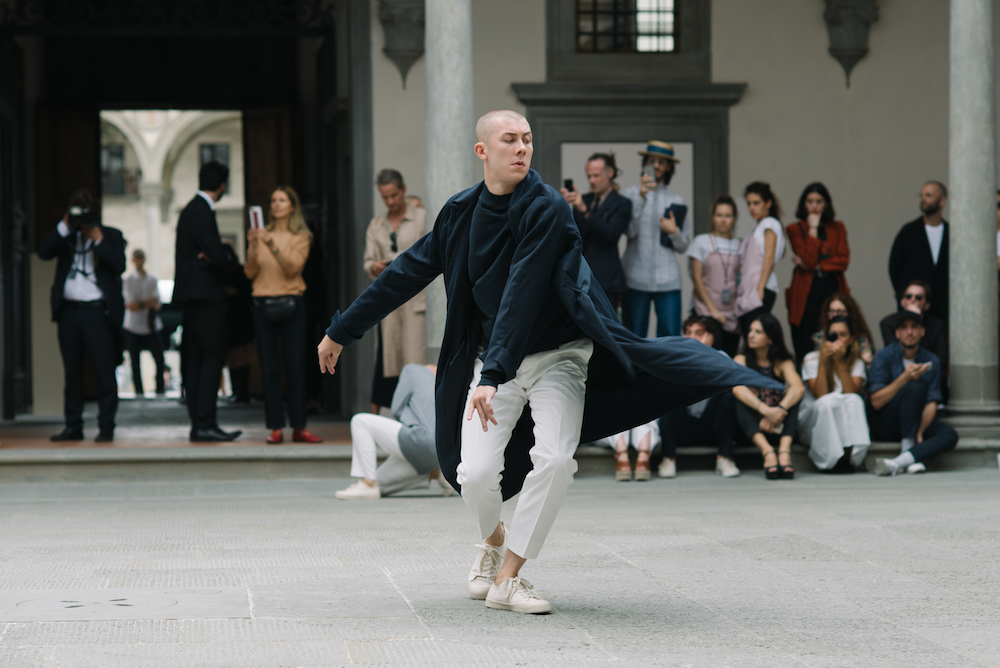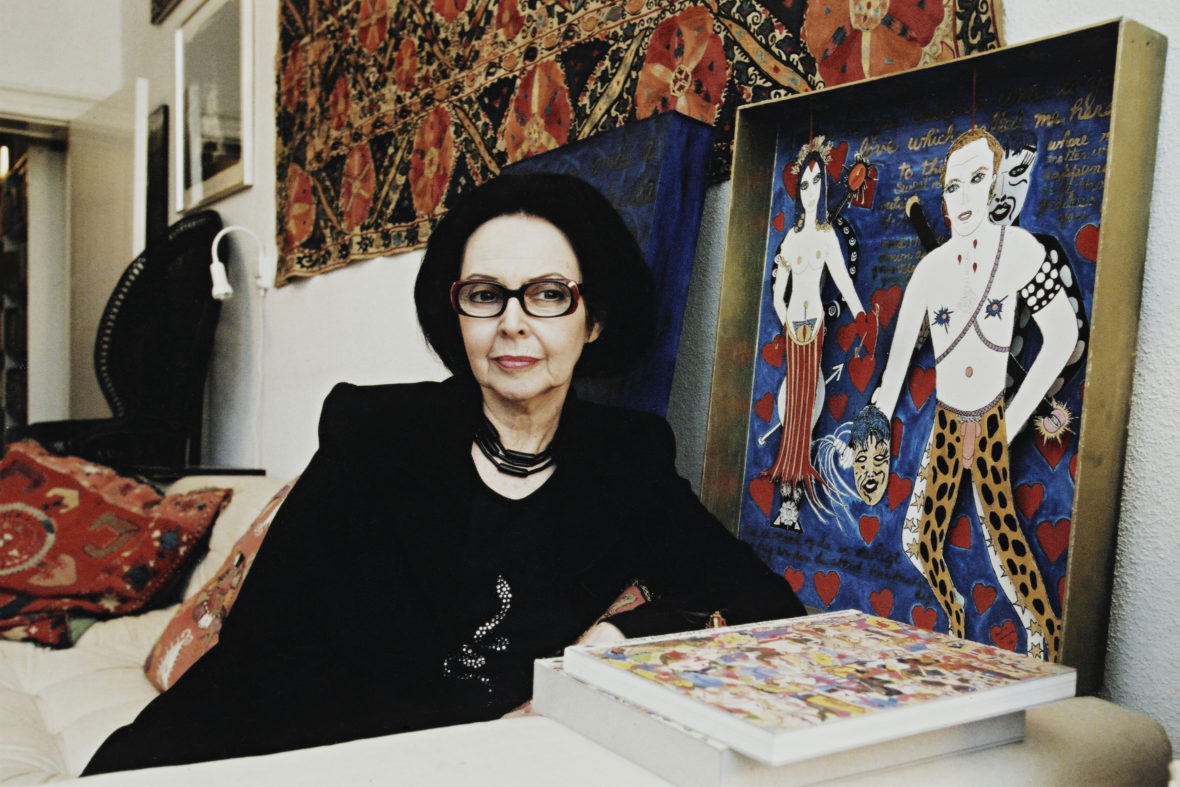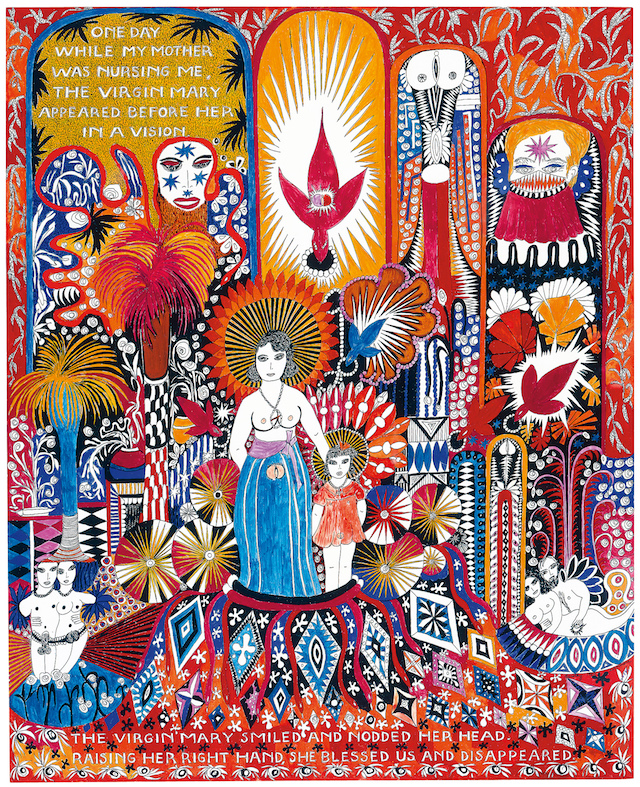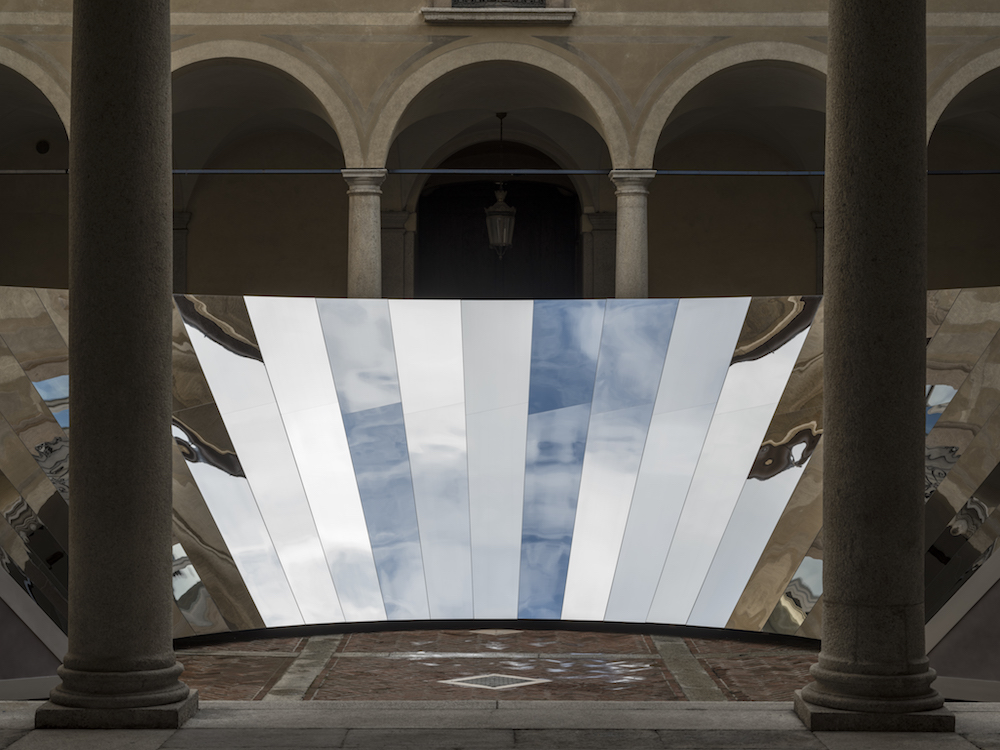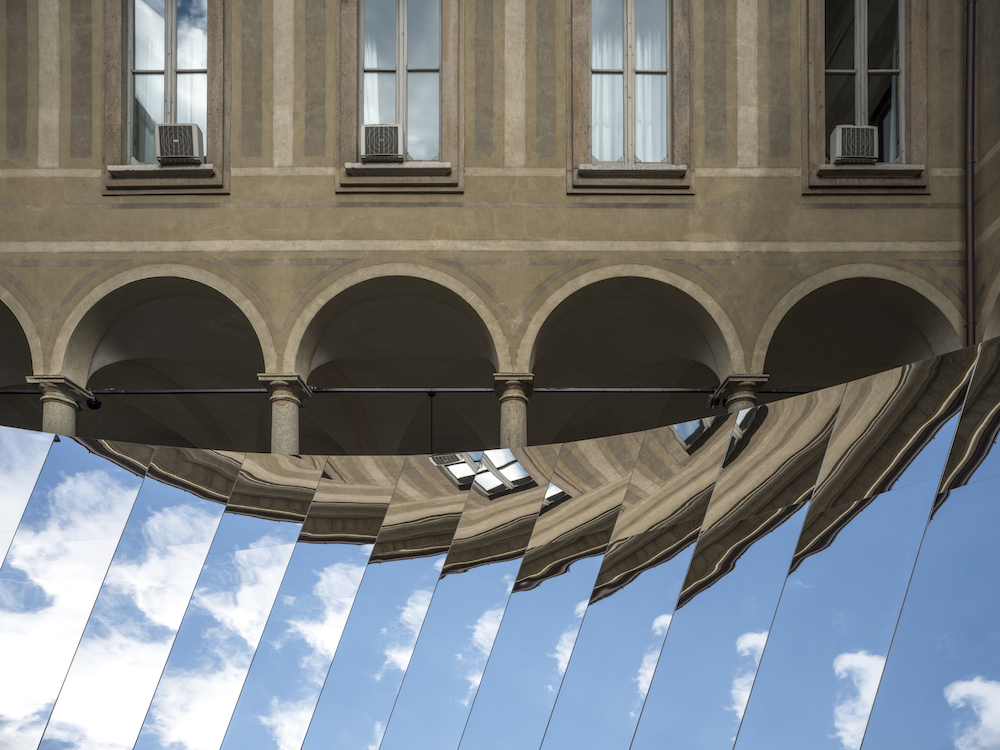The Chilean poet discusses her new participatory poetic performance Clit Nest, part of COS x Serpentine Park Nights

I was invited to be part of the Park Nights program by the Artistic Director, Hans Ulrich Obrist, and Live Programmes Curator, Claude Adjl.
Ishigami’s design for the Serpentine Pavilion suggests an ancient stone dwelling, reminiscent of the caves, which in all cultures are associated to the womb of the Mother, a place for ceremonies to restore and regenerate the life force.
When I first saw the images of his design, I immediately felt the connection between the caves where underground water flows, arousing the bodily memory of our own inner water and ability to generate fluid. Now, when we face extinction, we invoke Joy, and the clit, an organ created for Joy, to give us strength to turn around the destruction of the earth.

I began working at the edge of the sea in the 60’s, and this dedication to water intensified in the 80’s and 90’s when the water crisis in the Andes began to be felt. The collective rituals that I performed in the 60’s, continue to re-emerge cyclically in my work, adapting and transforming to meet the times. Now, when people and indigenous communities around the world are being murdered to steal their water, rivers and lakes, rituals are becoming urgent acts. This need is present in the great movements of today, like Extinction Rebellion and Fridays for Future calling us to join in!
When I approach a project, I don’t necessarily set out to “communicate something”, I invite people to join to explore together our deep questions, our forgotten senses. The challenge I face, which ties to the consideration of a one-night-show like Park Nights, is the little time allowed for art, by the constrains of city life. I hope that people come away from tonight with a sense of the possible, of what is yet to be discovered in us.

This year’s COS × Serpentine Park Nights takes place at the Serpentine Pavilion, designed by architect Junya Ishigami. Practitioners in the fields of art, music, poetry, theatre, augmented reality and fashion will present eight evenings of new work commissioned by the Serpentine each responding to Ishigami’s contemplative design.
We are proud to support Park Nights for a seventh consecutive year, and also to bring an element of this pioneering series to our store in Coal Drops Yard for the first time. The interdisciplinary nature of the Park Nights programme offers a platform for creatives of all backgrounds to push the boundaries of their practice. At COS we always derive a huge amount of inspiration from these unique, one-off events, and can’t wait to discover what this year’s artists present over the summer
– Karin Gustafsson, COS creative director









